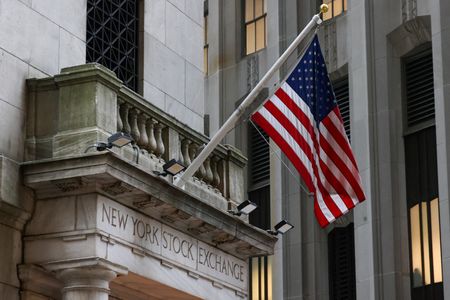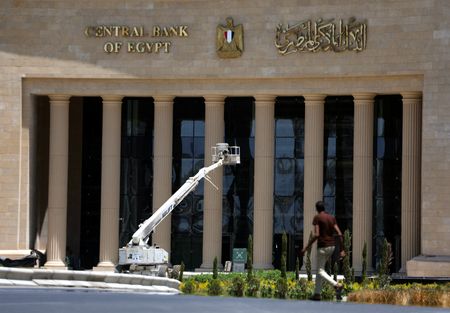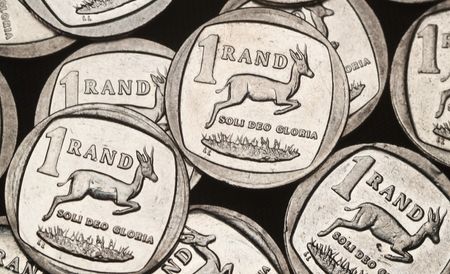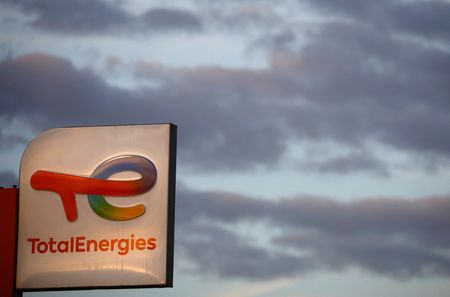By Caroline Valetkevitch
NEW YORK (Reuters) – Thirty-year U.S. yields reached their highest level in 19 months before easing on Thursday, with worries lingering over the U.S. fiscal outlook and demand for government debt, while stocks on Wall Street climbed along with tech-related shares.
The U.S. dollar strengthened after recent losses.
Yields rose earlier after the U.S. House of Representatives late Thursday passed President Donald Trump’s tax bill by a single vote, adding to worries about the country’s debt load.
The bill would deliver new tax breaks on tips and car loans and boost spending on the military and border enforcement. The Congressional Budget Office estimates Trump’s tax-cut bill will add $3.8 trillion to the $36.2 trillion in U.S. debt over the next decade.
Moody’s late last week became the last of the major credit rating agencies to strip the U.S. of its coveted triple-A status.
The recent selloff in bond prices – which move inversely to yields – attracted some buyers. The 30-year bond yield was last down 3.7 basis points at 5.0521%.
Soft demand for a $16 billion sale of 20-year bonds on Wednesday increased concerns about reduced interest in U.S. debt.
Benchmark 10-year yields and 30-year yields have both risen by around 50 basis points this month.
“The Treasury market is looking for a circuit breaker,” said Ed Al-Hussainy, senior rates analyst at Columbia Threadneedle Investments. Among other things, “this can come in the form of poor labor market data to bring forward (Federal Reserve) cuts and trigger a reassessment of the strength of the economy.”
U.S. stocks were higher on Thursday after falling in the previous session.
“It’s amazing how resilient this (stock) market can be… given all of the uncertainty and potential bad news out there,” said Jake Dollarhide, chief executive of Longbow Asset Management in Tulsa, Oklahoma.
“Tech is the market’s security blanket at this point.”
The Dow Jones Industrial Average rose 177.19 points, or 0.42%, to 42,037.60, the S&P 500 rose 28.89 points, or 0.49%, to 5,873.50 and the Nasdaq Composite rose 176.57 points, or 0.94%, to 19,049.21.
Shares of Alphabet climbed 2.3%, with the communication services sector up 1%.
MSCI’s gauge of stocks across the globe rose 0.09 points, or 0.01%, to 874.00. The pan-European STOXX 600 index fell 0.64%.
Britain’s government borrowed more than expected in April, figures showed, while euro zone business activity unexpectedly slipped back into contraction territory.
The euro stumbled after the data, while the U.S. dollar rose after three days of losses. The euro was last down 0.41% at $1.1283. Against the Japanese yen, the dollar strengthened 0.29% to 144.08.
Bitcoin, meanwhile, rose again to an all-time high, partly as investors sought out alternatives to U.S. assets. Bitcoin was last up 3.25% at $111,795.31.
A report that OPEC+ is discussing a production increase for July weighed on oil prices.
Brent futures fell 47 cents, or 0.72%, to settle at $64.44 a barrel. U.S. West Texas Intermediate crude eased 37 cents, or 0.6%, to settle at $61.20.
(Reporting by Caroline Valetkevitch in New York; additional reporting by Saeed Azhar in New York and Marc Jones in London, graphic by Naomi Rovnick; Editing by Jane Merriman, Susan Fenton and Deepa Babington)









